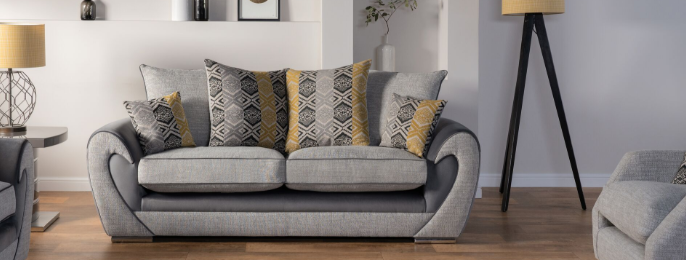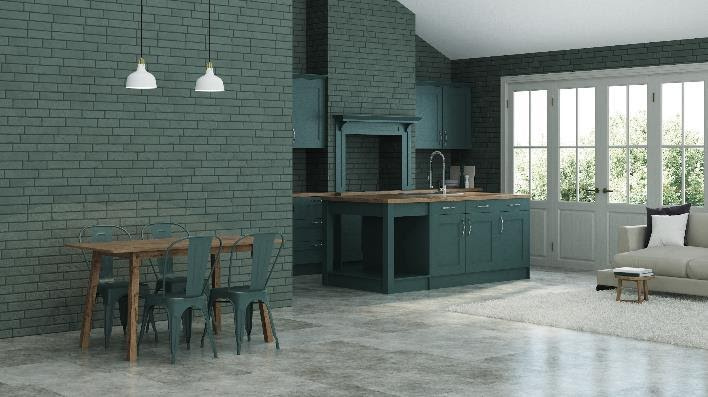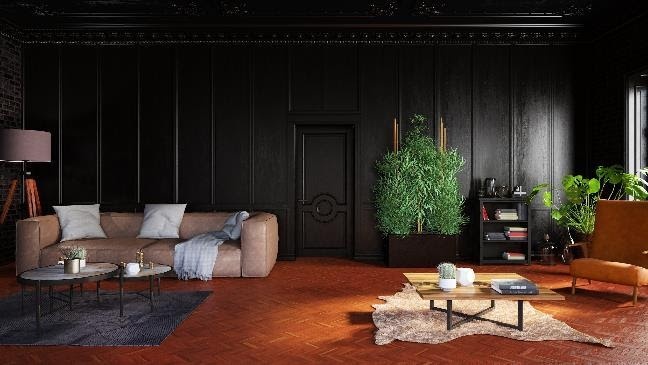Every October, the National Fire Prevention Association (NFPA) observes Fire Prevention Safety Week for families to plan, prepare and think about the importance of fire safety. Of course, every week is a good week to talk about fire safety because you never know when a fire emergency can strike. Here are a few fire safety tips and facts for you and your family to keep in mind.
Did You Know? Fire Safety Facts & Statistics
- On average, seven people die in home fires every day.
- Fire departments respond to an average of 355,400 home fires each year.
- Cooking appliances are the leading cause of home fires.
- 65 percent of fire deaths occur in homes without working smoke detectors.
- It only takes 30 seconds for a small fire to spread.
Kids Fire Safety Tips & To-Dos
Fire Prevention Tips
- Don’t play with matches, lighters or candles.
- Stay away from fireplaces and stoves.
- Never cook or use appliances without adult supervision.
- Be careful not to plug too many devices into one outlet or power strip.
- Don’t put clothes, toys or flammable items near heat.
Home Safety Checklist
- Check to see if each room has a smoke alarm. If not, tell a parent.
- Look for smoke alarms in hallways or stairwells.
- Ask your parents to let you hear what your smoke alarm sounds like.
- Make sure your home’s windows and doors are free of clutter, toys and furniture.
Parents Fire Safety Tips & To-Dos
Fire Prevention Tips
- Keep lighters and candles out of children’s reach.
- Test your home’s smoke detectors at least once a month.
- Keep fire safety equipment in your home. Fire extinguishers, smoke alarms, and escape ladders are common home fire safety items.
- Identify any fire safety hazards, such as lint left in dryers, plugged in heating appliances, and cleaning your chimney.
Home Safety Checklist
- Make sure your smoke alarm and batteries are working each month.
- Get interconnected smoke alarms so when one sounds, they’ll all sound.
- Create a home fire escape plan that shows two ways out of each room.
- Practice your family’s fire escape plan at least twice a year.
Making a Fire Evacuation Plan
-
- Find all of your home’s possible exits. Start by drawing your home’s floor plan. Spot at least two exits in each room. Make sure each exit is clear from clutter and easy to open in case of an emergency.
- Install smoke detectors in your home. Alarms should be installed in hallways and inside of every bedroom on every level of your home so it’s easy to hear when sleeping.
- Be prepared when you hear the alarm. If you hear your smoke alarm sound, leave immediately. When exiting, stay low to the ground to inhale less of the rising smoke.
- Keep loved ones in mind. If you have elders or infants in the home, have a plan to get them to safety and assign one family member to help them ahead of time.
- Stop, drop and roll. If your clothes catch on fire during an evacuation, Stop, Drop and Roll. Stop where you are, drop to the floor, and roll while covering your hands and eyes until the flames are gone.
- Choose a place for everyone to meet safely. Make sure everyone knows how to get there. Call 9-1-1 once you’re in a safe place. Memorize phone numbers just in case you’re not at the meeting location to let family members know you’re safe.
- Don’t go back inside. If you left family members or valuables behind, don’t go back towards the fire. When you call, let the dispatcher know so firefighters can handle the rescue. Wait until firefighters say it’s safe to go back to the home.
Practice the Family Fire Drill
Follow these easy steps to practice your fire drill. Remember to review your family’s plan at least twice a year.
- Let your family know that you are going to practice the fire drill.
- Explain that when the smoke alarm goes off, everyone should quickly and carefully leave the home and go to the Outside Meeting Place.
- Ask everyone to go to a different room and wait for the alarm. After several minutes, set off the smoke alarm by pushing the test button and watch your family’s actions.
- When everyone reassembles at the Outside Meeting Place, ask each family member to explain exactly what they did when the alarm went off.
- Review any questions.












